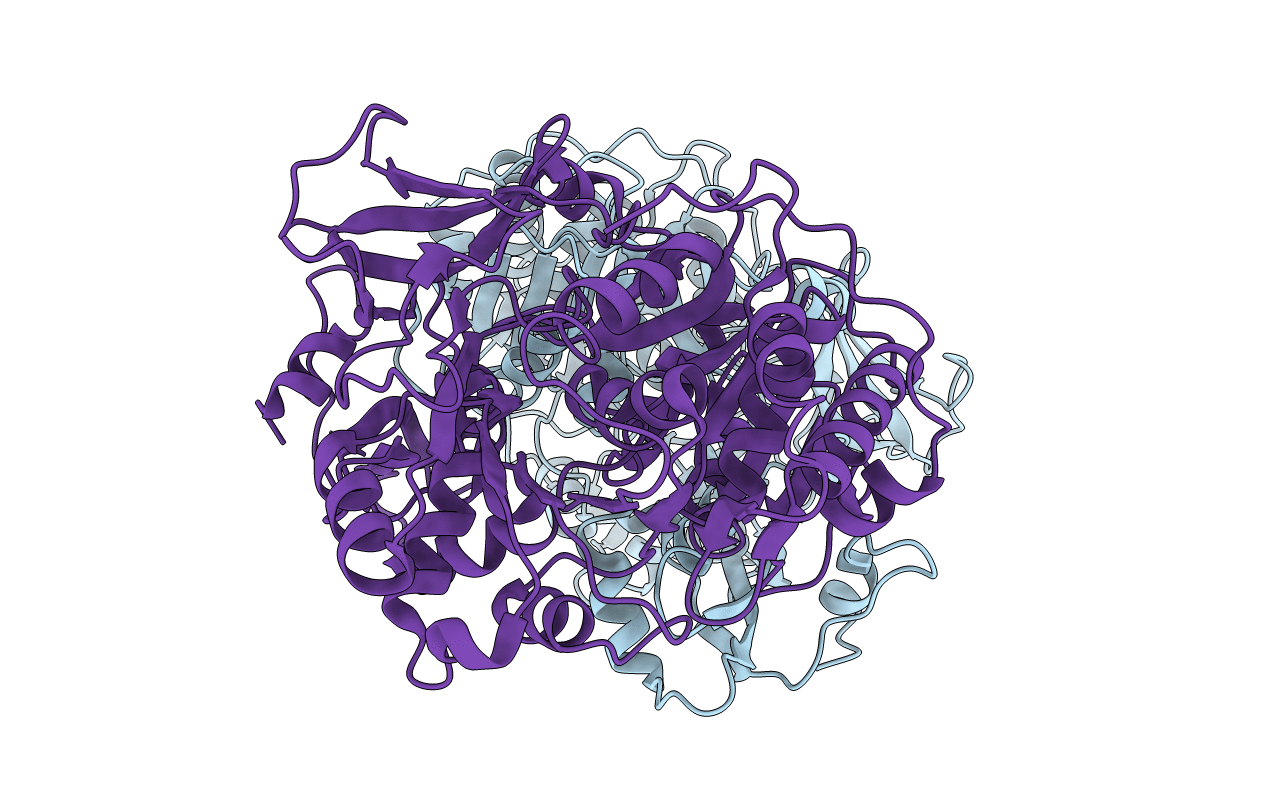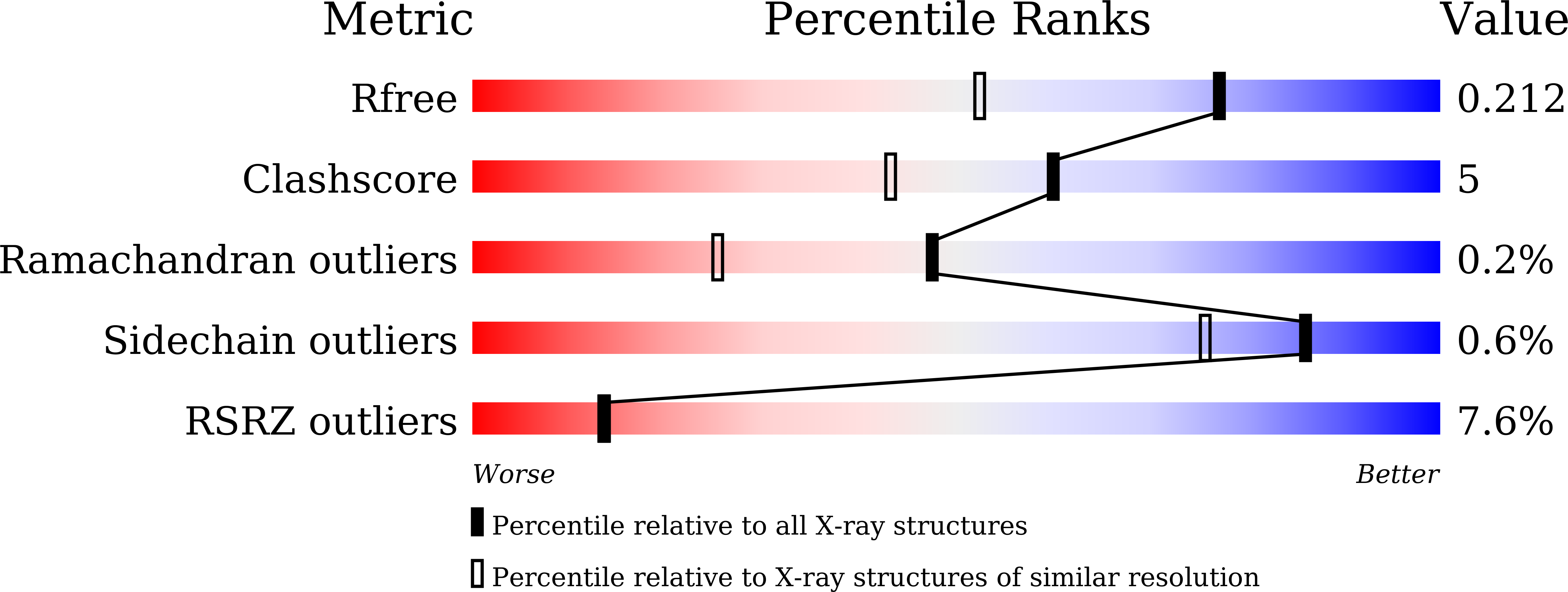
Deposition Date
2020-02-28
Release Date
2021-01-13
Last Version Date
2023-11-29
Entry Detail
PDB ID:
6M2O
Keywords:
Title:
Double mutant(H333A/I334A) crystal structure of benzoate coenzyme A ligase
Biological Source:
Source Organism:
Rhodopseudomonas palustris (Taxon ID: 1076)
Host Organism:
Method Details:
Experimental Method:
Resolution:
1.57 Å
R-Value Free:
0.21
R-Value Work:
0.18
R-Value Observed:
0.18
Space Group:
P 1 21 1


